Zanesville Campus serves 718 students in grades 7-12.
The student:teacher ratio of 15:1 is lower than the Ohio state level of 17:1.
Minority enrollment is 3% of the student body (majority Hispanic), which is lower than the Ohio state average of 34% (majority Black).
Quick Stats (2025)
- School Type: Vocational school
- Grades: 7-12
- Enrollment: 718 students
- Student:Teacher Ratio: 15:1
- Minority Enrollment: 3%
- Source: National Center for Education Statistics (NCES), OH Dept. of Education
Top Rankings
Zanesville Campus ranks among the top 20% of public schools in Ohio for:
Category
Attribute
Student Attention
School Overview
Zanesville Campus's student population of 718 students has grown by 5% over five school years.
The teacher population of 49 teachers has stayed relatively flat over five school years.
School Type
Grades Offered
Grades 7-12
(No virtual instruction)
(No virtual instruction)
Total Students
718 students

Gender %
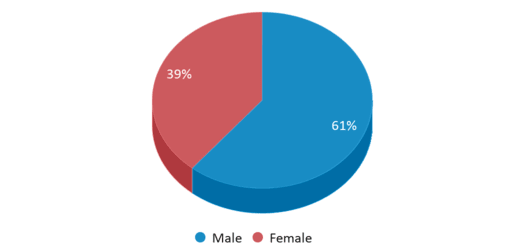
Total Classroom Teachers
49 teachers

Students by Grade
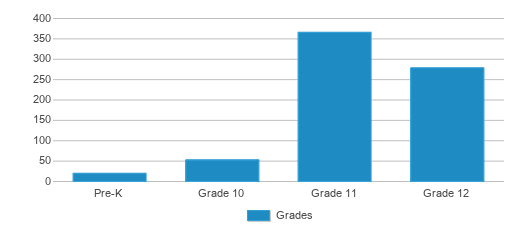
School Rankings
The diversity score of Zanesville Campus is 0.06, which is less than the diversity score at state average of 0.53. The school's diversity has stayed relatively flat over five school years.
Student : Teacher Ratio
15:1
17:1

American Indian
n/a
n/a
Asian
n/a
3%
Hispanic
2%
8%
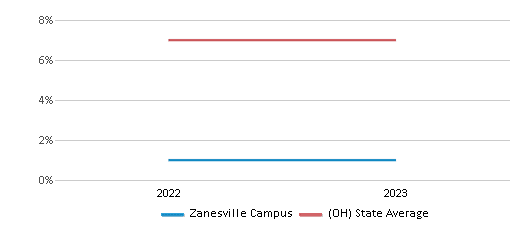
Black
1%
17%
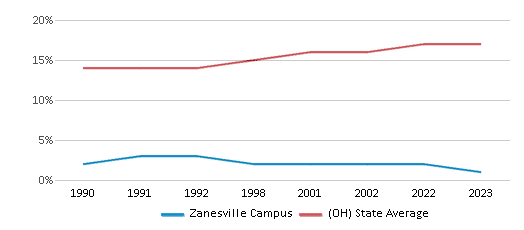
White
97%
66%
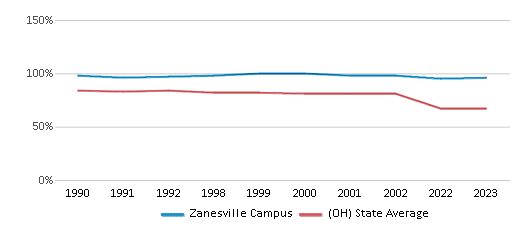
Hawaiian
n/a
n/a
Two or more races
n/a
6%
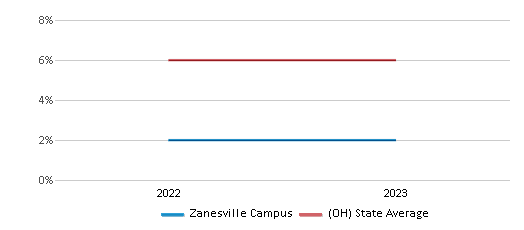
All Ethnic Groups



Participates in the National School Lunch Program (NSLP)
Yes
Eligible for Free Lunch
39%
42%

Eligible for Reduced Lunch
7%
5%

School Statewide Testing
School District Name
Source: National Center for Education Statistics (NCES), OH Dept. of Education
Profile last updated: 02/09/2025
Frequently Asked Questions
What schools are Zanesville Campus often compared to?
Zanesville Campusis often viewed alongside schools like South-western Career Academy, Zanesville High School by visitors of our site.
How many students attend Zanesville Campus?
718 students attend Zanesville Campus.
What is the racial composition of the student body?
97% of Zanesville Campus students are White, 2% of students are Hispanic, and 1% of students are Black.
What is the student:teacher ratio of Zanesville Campus?
Zanesville Campus has a student ration of 15:1, which is lower than the Ohio state average of 17:1.
What grades does Zanesville Campus offer ?
Zanesville Campus offers enrollment in grades 7-12 (No virtual instruction).
What school district is Zanesville Campus part of?
Zanesville Campus is part of Mid-East Career And Technology Centers School District.
School Reviews
Review Zanesville Campus. Reviews should be a few sentences in length. Please include any comments on:
- Quality of academic programs, teachers, and facilities
- Availability of music, art, sports and other extracurricular activities
Recent Articles

The Evolving Role of Interim Assessments
Explore the often-overlooked tool in K-12 education - interim assessments. Understand what they are, their importance, and how they can enhance your child's learning experience. Dive into real-world case studies and find out how technology is changing the game. This informative, parent-friendly article aims to shed light on the value of these assessments in today's educational landscape.
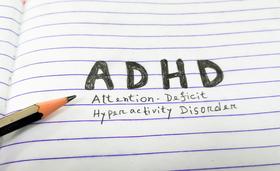
Understanding ADHD in Children: Signs, Diagnosis, and Support Strategies
We explores the complex nature of attention-deficit/hyperactivity disorder (ADHD) in children, providing insights into its symptoms, diagnosis process, and effective support strategies. From recognizing early signs to navigating the diagnostic journey, parents will gain valuable knowledge to help their child thrive. Expert insights, real-life examples, and practical tips empower readers to create a supportive environment that meets the unique needs of children with ADHD.

School-to-Prison Pipeline Persists Despite Local, State and National Efforts
Inadequate funding and resources for schools, harsh zero-tolerance discipline policies, police presence in public schools, and de facto segregation continue to create school environments in which poor and minority students have little chance of succeeding. The result is a continuation of the school-to-prison pipeline that has been commonplace in the American education system for decades, despite federal, state and local efforts to curb the problem.









